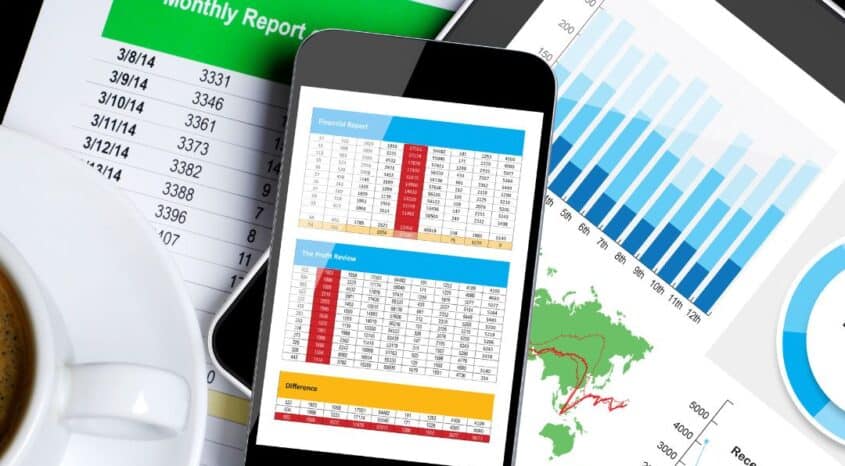The after effects of the global pandemic continue to ripple through the retail industry; the ongoing supply chain crisis being one of them. Shortages in drivers, containers and materials, delays at ports and surging e-commerce demand have shown no signs of letting up – causing operational chaos for online retailers everywhere.
The latest research by Brightpearl shows that 85% of UK retailers, and 80% in the US, have been impacted by the crisis in the last 12 months. More shockingly, it’s now the number one threat to the survival of retail businesses in both the UK and USA.
It’s not too late to take action. To combat supply chain issues such as frequent stockouts, product shortages and rising shipping costs, the 3 steps below can help you boost cash flow and regain control of your bottom line.
1. Analyze your data
The supply chain crisis has brought with it huge uncertainty, which has cranked up the pressure on merchants to make the right decisions at the right time.
In this unstable climate, using basic data to inform your strategies will no longer cut it. With real-time, advanced data and custom reporting functionality, you can make smarter, faster decisions about everything important to your business – from which new channels you should add to boost profit, to which new items you should invest in.
Analyzing metrics such as product performance, customer feedback and marketing results can be a game changer for boosting cash flow. Using advanced data removes any guesswork and will help you make speedy, confident decisions about the best next steps for your brand.
2. Accurately predict demand
Stockouts, shortages and delays are a major threat for retailers battling the supply chain crisis. Almost half of shops and e-commerce brands (46% in the UK, 52% in the US) have experienced stockouts in the last year, while up to 68% of brands admit they’ve struggled due to a shortage of goods.
Having a way to accurately predict future demand for your best products is the only way to avoid the costly aftermath of stockouts (namely, erosion of brand loyalty and profit losses).
With the right demand forecasting software, you can order new stock based on intelligent, data-led replenishment suggestions. The most progressive software (such as Brightpearl’s Inventory Planner Premium) also takes into account metrics such as seasonality, supplier timescales and promotions, to ensure your business is prepared with the most optimized inventory possible.
By keeping your best-selling items in stock and your least popular items from clogging up the warehouse, your customers will stay happy and keep coming back, and your cash flow will be more likely to remain steady – even in a crisis.
“Inventory Planner Premium has been phenomenal for us. It factors in seasonality so that we can look at the data and instantly say ‘ok, we need to order 100,000 of that item, not 10,000 – otherwise we’re going to run out in two months” – Trevor Martin, Vice President Operations, Snow
3. Avoid stop-gap solutions
It’s tempting to turn to stop-gap ways to survive the supply chain crisis, such as putting up your prices, extending delivery times, ‘taking a hit’ on profits or increasing marketing spend.
Though these choices might mitigate problems in the short term, choosing them runs the risk of punishing or even driving away customers – especially younger demographics, which are notoriously comfortable with shopping around to get what they want at a price they like.
Don’t lower your standards. There is cutting-edge tech available, such as Brightpearl’s made-for-retail operating system, that can enable brands like yours to stay competitive while automating and streamlining operations – eliminating the need to take a hit on your bottom line.
Conclusion: act now
With supply chain costs expected to increase by up to a quarter over the coming months, the situation is set to get even worse, and some merchants are already folding under pressure.
There isn’t time to lose. More than a quarter of UK firms (26%) risk running out of cash in four weeks if things do not improve and, in the US, a third (31%) of brands are just eight weeks away from crisis point.
If you run an e-commerce business, you need to take action immediately because the ongoing supply chain crisis is the biggest threat to your business right now.
Download our free guide: 10 Steps To Boosting Cash Flow During the Supply Chain Crisis for an in-depth explanation of the above points as well as SEVEN more expert tips and practical advice on how to optimize cash flow to mitigate the effects of supply chain crisis.




